A Step Towards Digitalisation – Rollout of the Chinese Medicine Information System (CMIS) On-ramp
“The digitalisation of Chinese medicine (CM) information not only allows CM practitioners accessing their patients’ online health records at any time, but also viewing related information timely and precisely, so that the treatment will not be affected by miscommunication with patients. Moreover, the Electronic Health Record Sharing System (eHealth) brings another benefit to the CM sector, which is the sharing of patients’ electronic health records (eHRs) among CM practitioners. This facilitates the continuity of care for patients who receive treatments from several CM practitioners. Most importantly, CM practitioners may take reference from other related diagnosis and treatment plans which in turn enhances the medical standard of the CM sector.”
In the previous issue of eHealth News, we introduced in the article “All Set for Chinese Medicine Information Sharing” about the CM Information System (CMIS) On-ramp, which was a turn-key clinical management system developed by the Government for free adoption by CM clinics, in order to pave the way for CM information sharing. In this issue, we interviewed Mr Chan, the Chairman of the Domain Group, to share with us his experience and views on digitalisation of CM information, and explain how the CMIS On-ramp may help broadening the scope of sharable data in eHealth to cover CM information, as well as the advantages, contribution and vision brought to the CM sector.
Benefits of Digitalisation and Sharing of CM Information
As a veteran CM practitioner who specialises in orthopaedics and traumatology, and the Vice Chairman and Dean of the Hong Kong T.C.M. Orthopaedic and Traumatic Association Limited, Mr Chan is also one of the pioneers in the sector using computer system as an aid to consultation. He pointed out it was obvious that the transition towards digitalisation with an ultimate goal to join eHealth was beneficial to the CM sector.
“The immediate benefit for healthcare providers and citizens to register with eHealth and the prospective sharing of CM information is that CM practitioners can access patients’ past consultation records conveniently upon obtaining patients’ consent. In case a patient needs to consult another CM practitioner for follow-up treatment, other CM practitioners’ judgment will not be affected even if the patient forgets the past treatment details, which may then help reducing the number and time of consultation,” he explained. “In this regard, the number of repeated tests taken by patients can be reduced, and CM practitioners can spare more time to take up new consultations. From a holistic perspective, a better resource allocation and more effective consultation process can be achieved.”
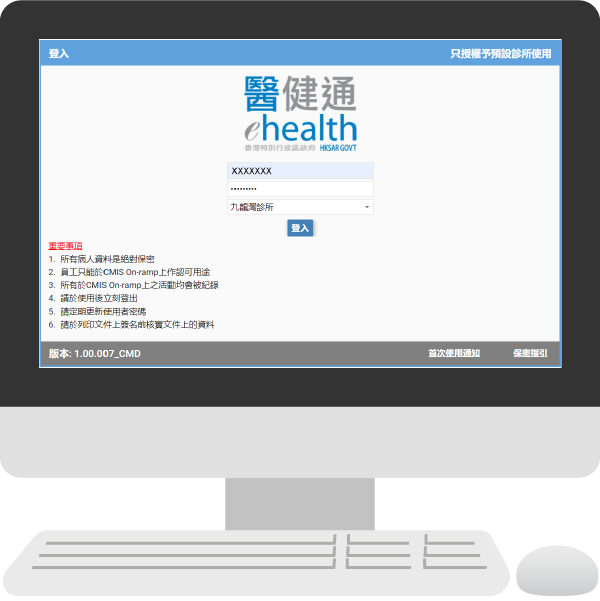
Lifting the Medical Standard of CM Sector
According to Mr Chan, through CM information sharing with the eHealth platform in the future, CM practitioners who installed and used the CMIS On-ramp might gather consultation and prescription data from different CM practitioners. That could enhance each other’s medical standard in the CM sector, in particular to the development of more new treatment methods on different kinds of illness.
A key feature of the CMIS On-ramp was the adoption of standardised CM terminology to meet the final goal of sharing CM information in eHealth. He admitted that the process of standardising the CM terminology was a challenging yet very rewarding task. “The same CM may have different names due to the divergence arising from geographical and school differences. Therefore, in the course of developing the CMIS On-ramp, the Domain Group has consulted a number of experts and professors to compile and formulate a comprehensive set of CM standardised terminologies which cover the common local CMs and CM clinical terms. As a result, all CM practitioners using the CMIS On-ramp can understand various CM terminologies. Misinterpretation caused by communication problems during consultation or prescription can then be reduced and hence improves the efficiency and quality of healthcare service.”
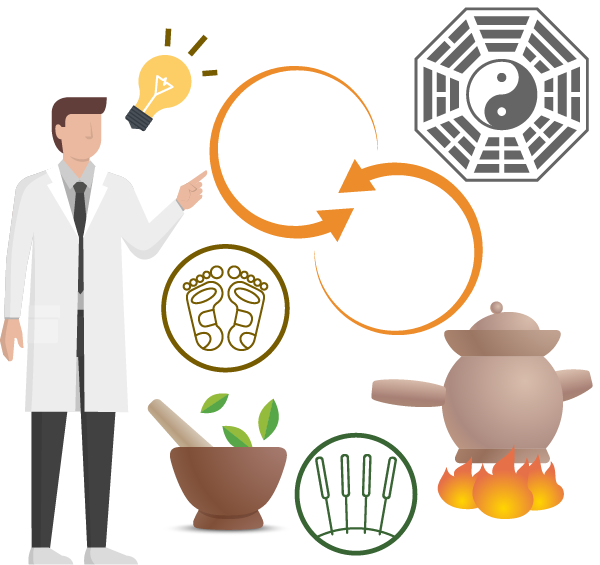
Technical and Financial Support from Government
In spite of the merits of the CMIS On-ramp, Mr Chan stressed that promotion should be strengthened to gain further support within the sector. “Take my association as an example, young CM practitioners would usually participate more actively, while the middle-aged group would not refrain from using computers, yet the participation level of the elder ones would be lower as they are used to manual prescription records and take a relatively slower pace in learning how to use computers,” he said. “For me, the existing computer system used in my clinic was specially designed by my friend. Upon the forthcoming official launch of the CMIS On-ramp, it will take me some time to get familiarised with the new system, so I will have to use both new and existing systems in parallel to adapt and to ensure all data are properly transferred without any omission.”
He added, “Once CM practitioners installed the CMIS On-ramp in their clinics, the relevant technical skills of operating computers, such as the Chinese character input method, may be one of their hurdles. Therefore, before the launch of the CMIS On-ramp Pilot Programme in late 2020, my association reinforced the promotion and organised workshops for our members to let them know and learn more on how to use the CMIS On-ramp in assisting and supporting the daily administration and clinical management, including patient registration and appointment, consultation, prescription and dispensary, etc.. In the process, we also collected feedback from the CM sector and users, so as to reflect the potential improvement areas to the development team.”
Purchasing computer systems can be costly. Since priority for subsidisation under the Government-led Chinese Medicine Development Fund would be given to CM clinics which opted to install the CMIS On-ramp, Mr Chan considered it a proactive measure to push the sector towards digitalisation.
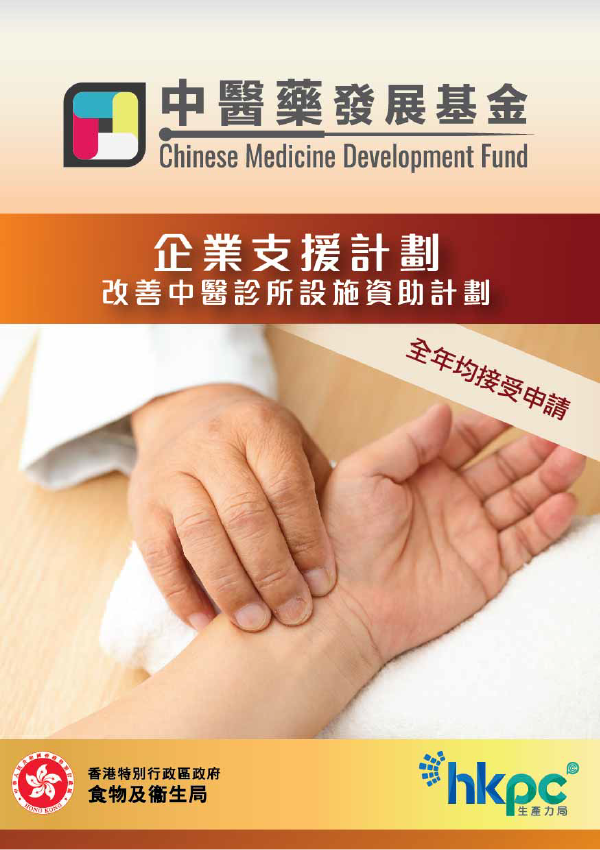
Initiate CM Organisations and Enterprises Taking the Lead to Participate
Nevertheless, Mr Chan suggested that it would be desirable for CM organisations and enterprises to take the lead in participating, with a view to driving more CM practitioners to follow. “Large medical enterprises, universities and private hospitals possess a considerable amount of patients and data, their participation can optimise the effectiveness of the CMIS On-ramp and eHealth, and even encourage the exchange between Chinese and Western medicines.” An example was the CM Centre of St. Teresa’s Hospital, which had participated actively in the Pilot Programme. He continued, “Their roles are crucial, particularly in encouraging CM practitioners to take a forward step to reform, accept digitalisation progressively, and ultimately utilise computer systems and eHRs to assist consultations and prescriptions.”
Mr Chan concluded, as the CMIS On-ramp was led and developed by the Government and included all basic functions of CM clinic management, it should be well recognised in terms of scale, credibility and continuous improvement. In addition, being managed and updated by the Government, it was believed that the CMIS On-ramp could fulfil the requirements of the CM sector. He emphasised that the successful key to wider adoption of the CMIS On-ramp in the sector would attribute to the concerted efforts of technical support, capital, promotion and education, with an aim to accomplish the smooth transition into CM information sharing in eHealth by phases in late 2021.

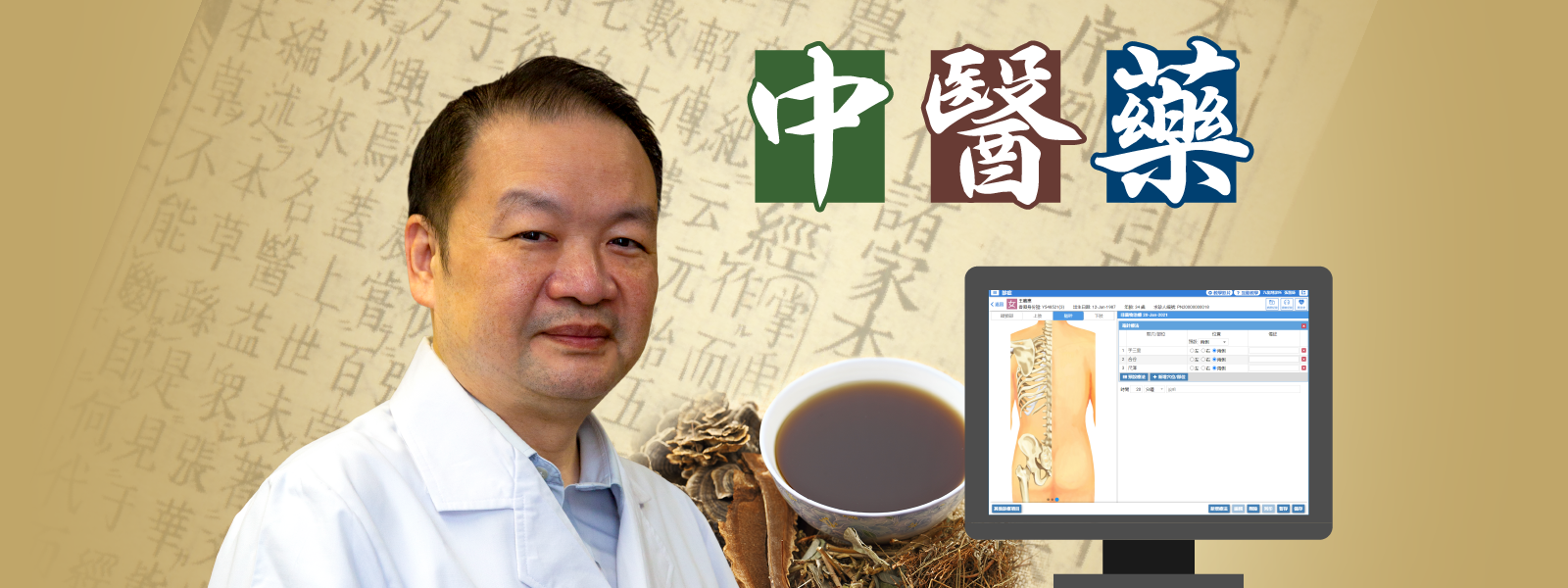




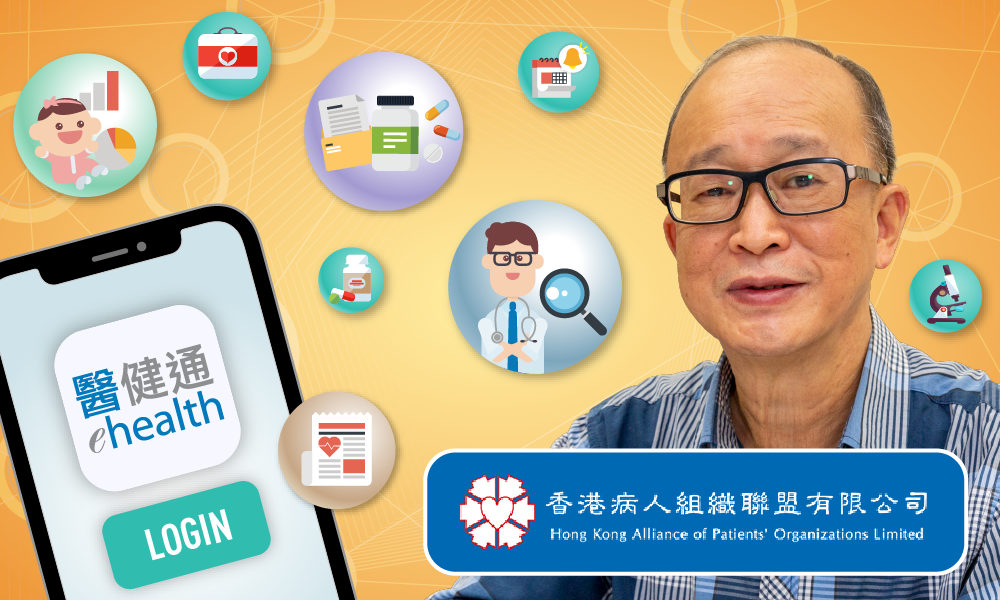
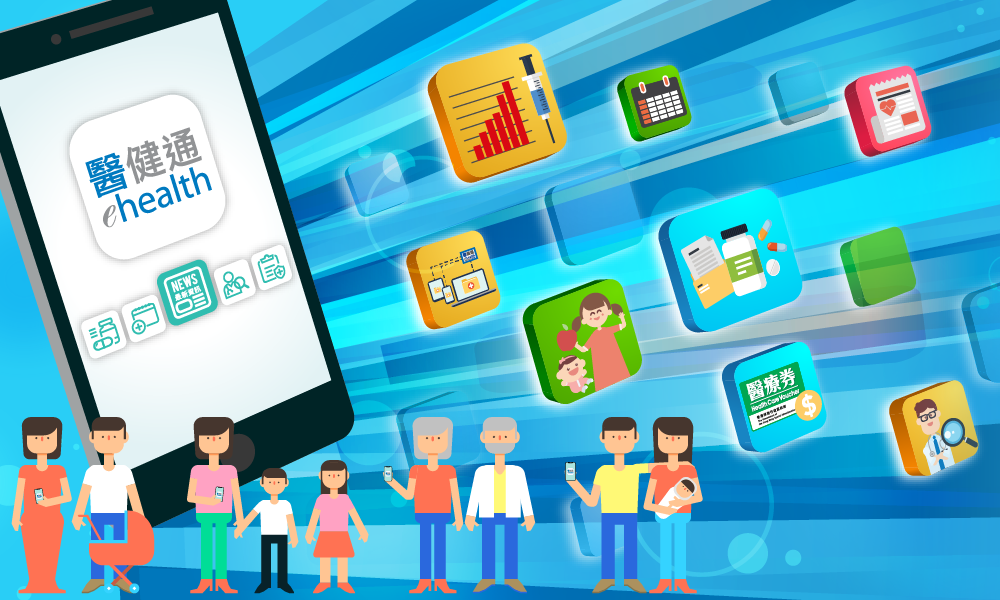
 Download PDF (Full Version)
Download PDF (Full Version)



